Hispanic community gathers at Our Lady of Hope Cemetery for a joyful celebration of the dead, a reminder of Christ's victory
BROWNSTOWN TOWNSHIP — A Mariachi band playing, young people dancing, children lining up to have their faces painted. The cemetery was a lively place to commemorate the dead.
Our Lady of Hope Cemetery in Brownstown Township hosted its fourth annual Dia de los Muertos celebration on Oct. 26, complete with music, dancing, food and face painting, bringing longstanding Mexican traditions to southeast Michigan.
Veronica North, outreach manager to the Hispanic community for Catholic Funeral and Cemetery Services (CFCS), said community events such as Dia de los Muertos serve a dual purpose in commemorating those who have died while allowing CFCS to reach out to the local Hispanic community.
“We are celebrating Dia de los Muertos in different ways; we have a lot of different folk dances and music, and the most important thing, the ‘ofrenda,’ which translates to 'altar,'” North told Detroit Catholic. “The ‘ofrenda’ has three layers to it, to remind us the Church has three levels: The church that is still here, the militant; the church in purgatory, the penitent; and the church victorious, who made it to heaven.”
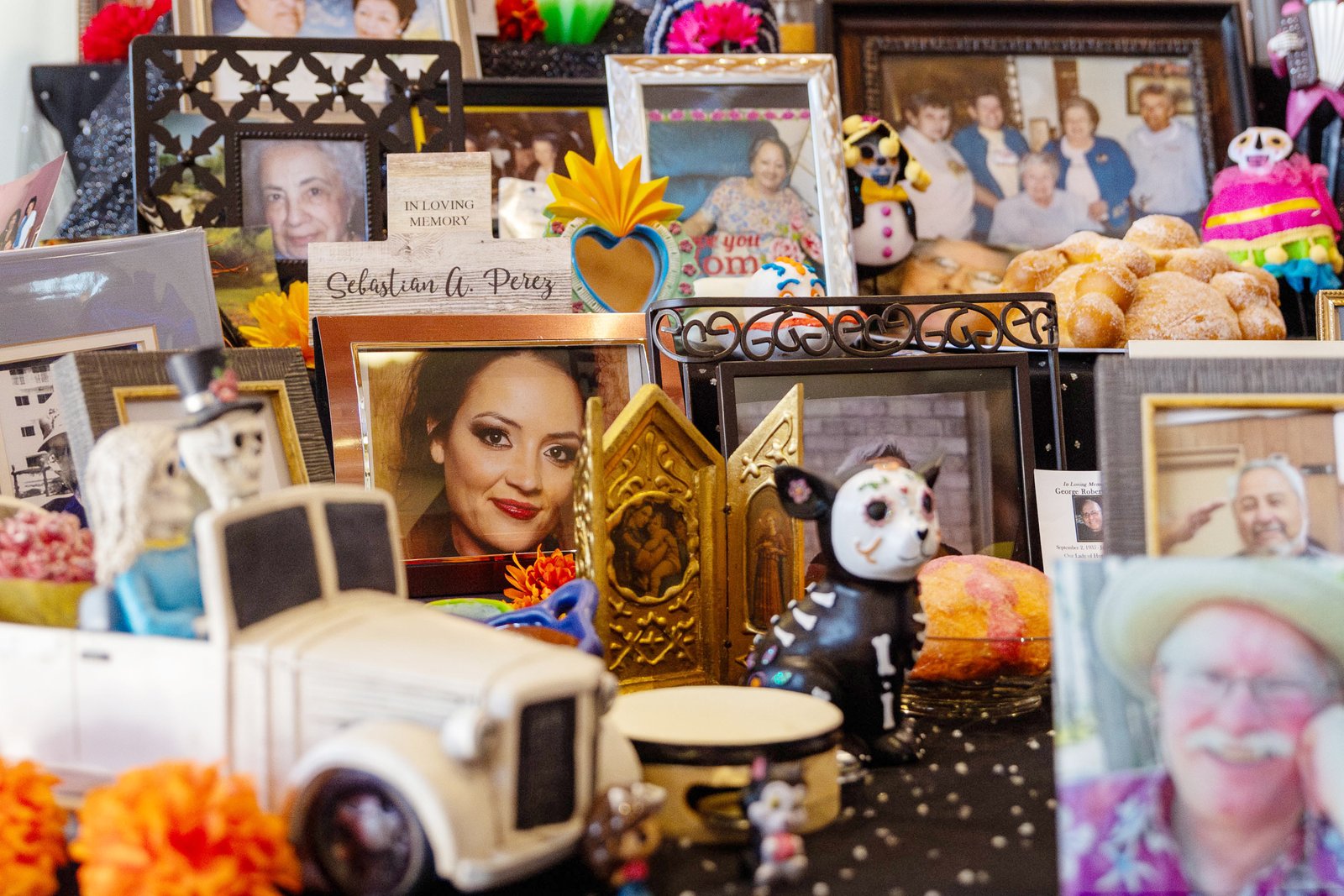
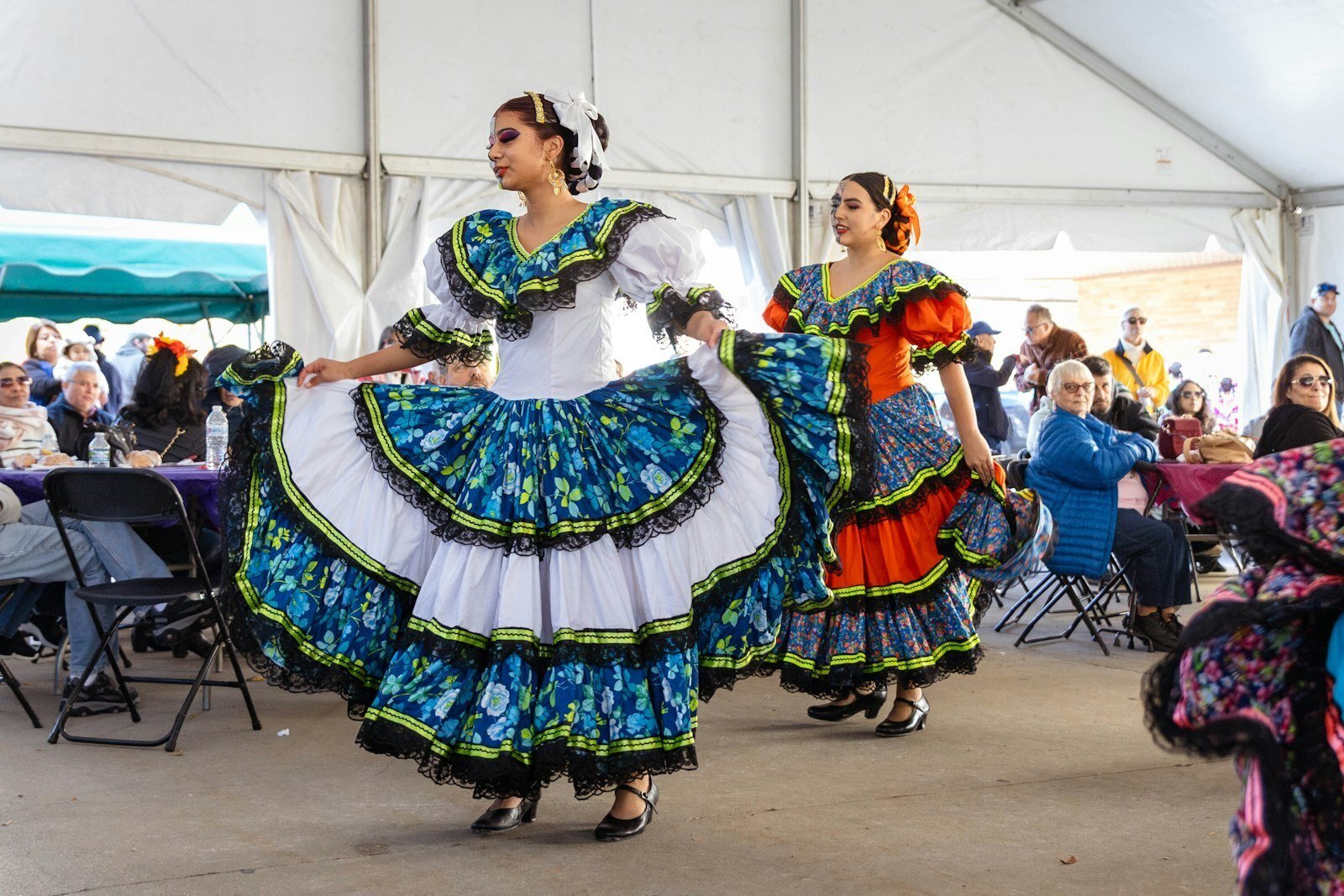
Our Lady of Hope Cemetery collected photographs and keepsakes of those who have died to place on its ofrenda in the cemetery’s mausoleum, where people could stop and pray in peace while the party was happening outside.
Dia de los Muertos is an infusion of All Souls Day — Nov. 2 — and ancient Mexican customs of honoring and invoking the guidance of one’s ancestors. When Spanish missionaries came to Mexico, they incorporated the ancient customs with All Souls Day, sanctifying the practice of remembers one’s deceased family members and preserving their memory.
Catholic Funeral and Cemetery Services has been hosting Dia de los Muertos celebrations the weekend before All Souls Day for four years, inviting families to celebrate Mexican culture together. This year's event included a Mass celebrated by Fr. Cornelius Okeke of St. Andre Bessette Parish in Ecorse.
“The Hispanic community in the Archdiocese of Detroit is really growing, so we need to serve them as we serve other communities,” North said. “We do a lot of events and activities in Spanish so people can relate. As children of God, we know faith is really important, and the celebration of life is particularly important in the Hispanic community.”
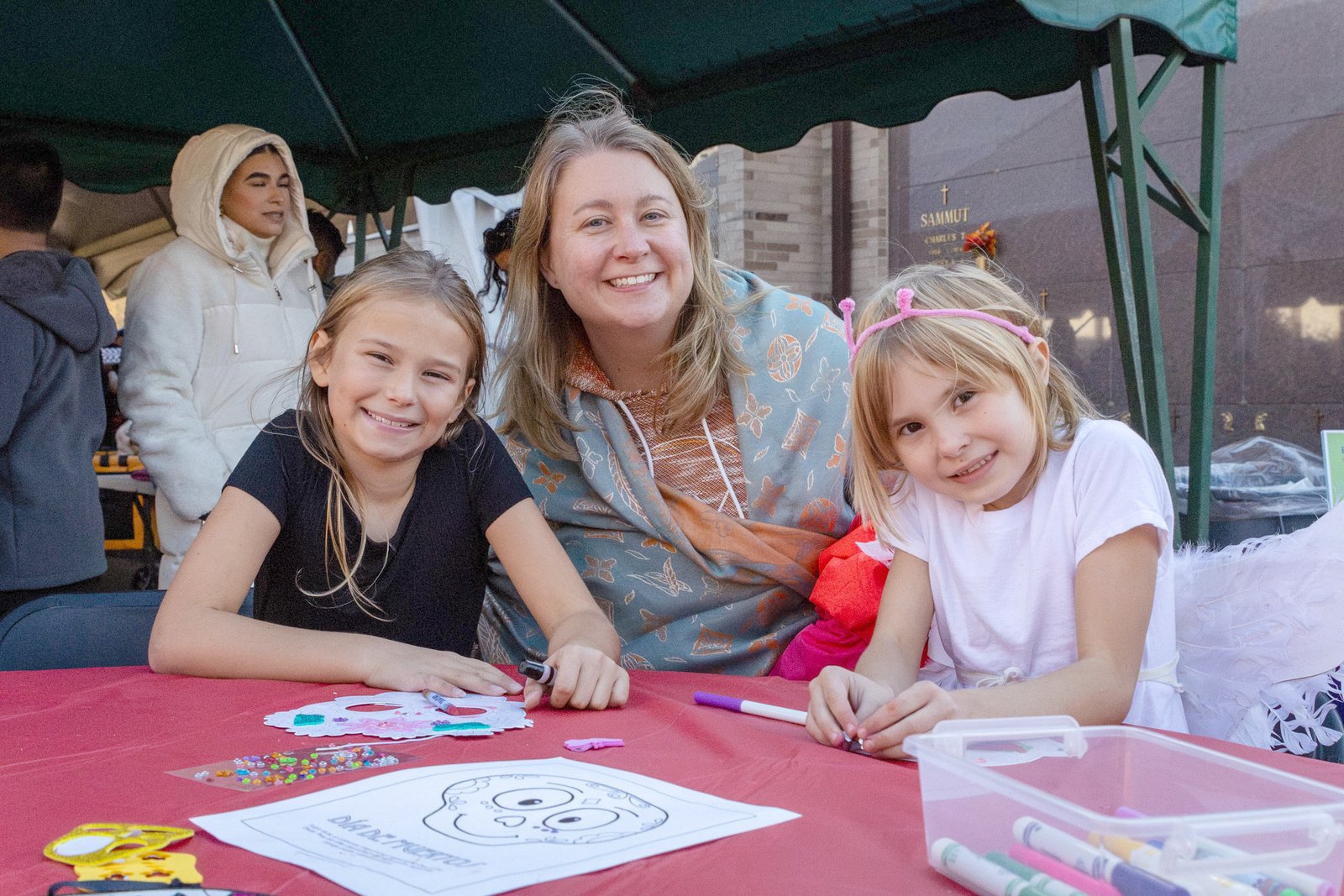
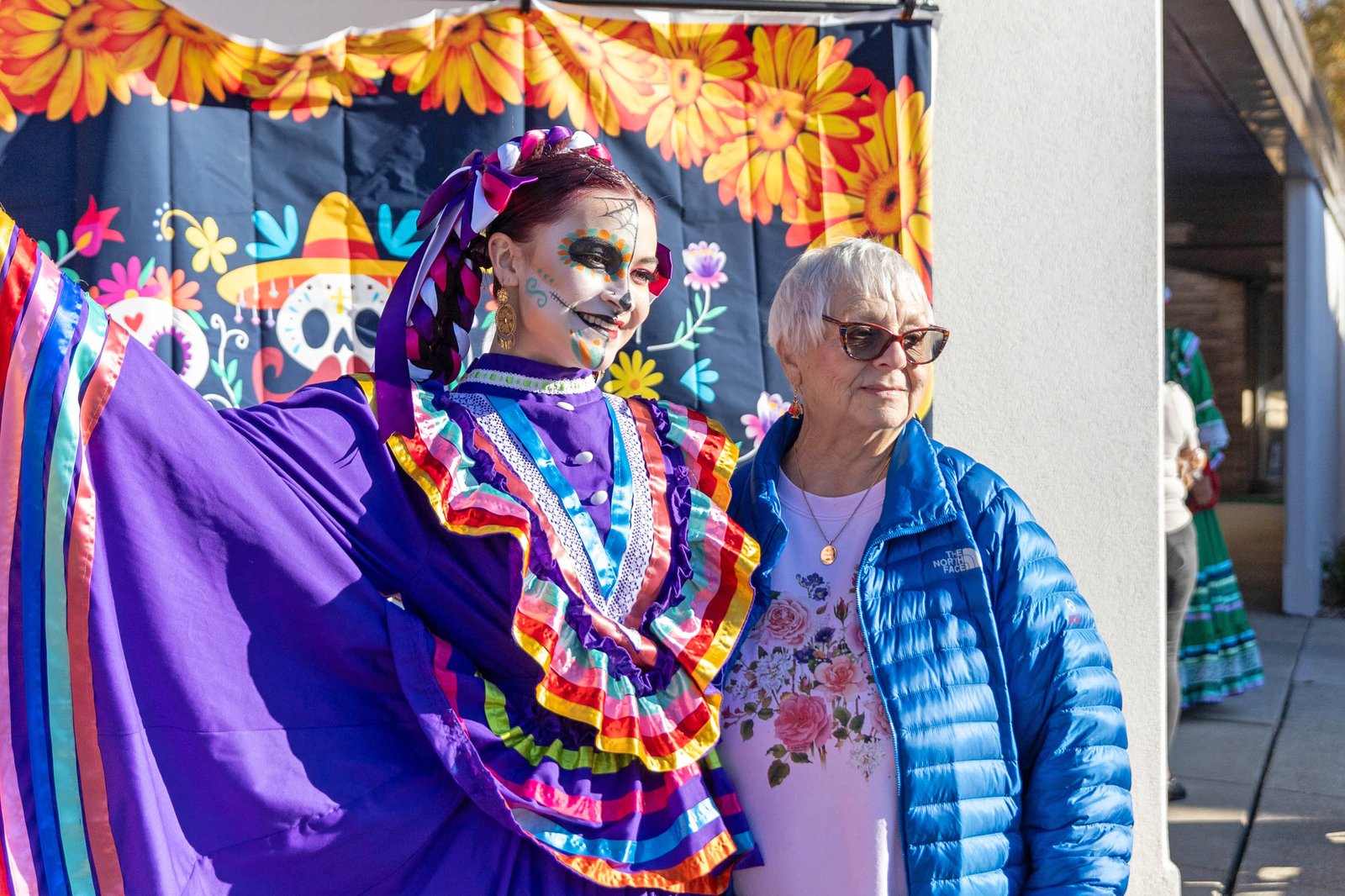
Sylvia Lozoya of St. Mary Magdelen Parish in Melvindale and St. Andre Bessette Parish — and director of human resources at Alliance Catholic Credit Union, which also sponsored the event — came to Our Lady of Hope Cemetery not only to volunteer, but to remember her siblings, Maria Teresa Lozoya and Jose Pieda Lozoya, who are interred at Our Lady of Hope.
Lozoya said the Dia de los Muertos celebrations at Our Lady of Hope remind her of celebrations back home in Parral, Chihuahua, in Mexico.
“Being away from our home country, this is as close as it gets,” Lozoya said. “Being able to celebrate our loved ones, it’s part of our culture, so for the archdiocese doing this for us in this country is amazing. It’s an opportunity to continue with the culture we so much enjoy. Being able to listen to the music, have the ofrenda, all at a cemetery, just like back at home. We are very grateful to (Catholic Funeral and Cemetery Services) for being able to provide this for our culture.”
Lozoya said Dia de los Muertos has both individualistic and community aspects. Immediate family gather around a particular loved one’s grave to pray and celebrate good memories of the deceased, but having multiple families, and even people who aren't of Hispanic heritage, at a community event like the Dead of the Dead celebrations at Our Lady of Hope allow the community to share in the joys in remembering a loved one who has passed away.
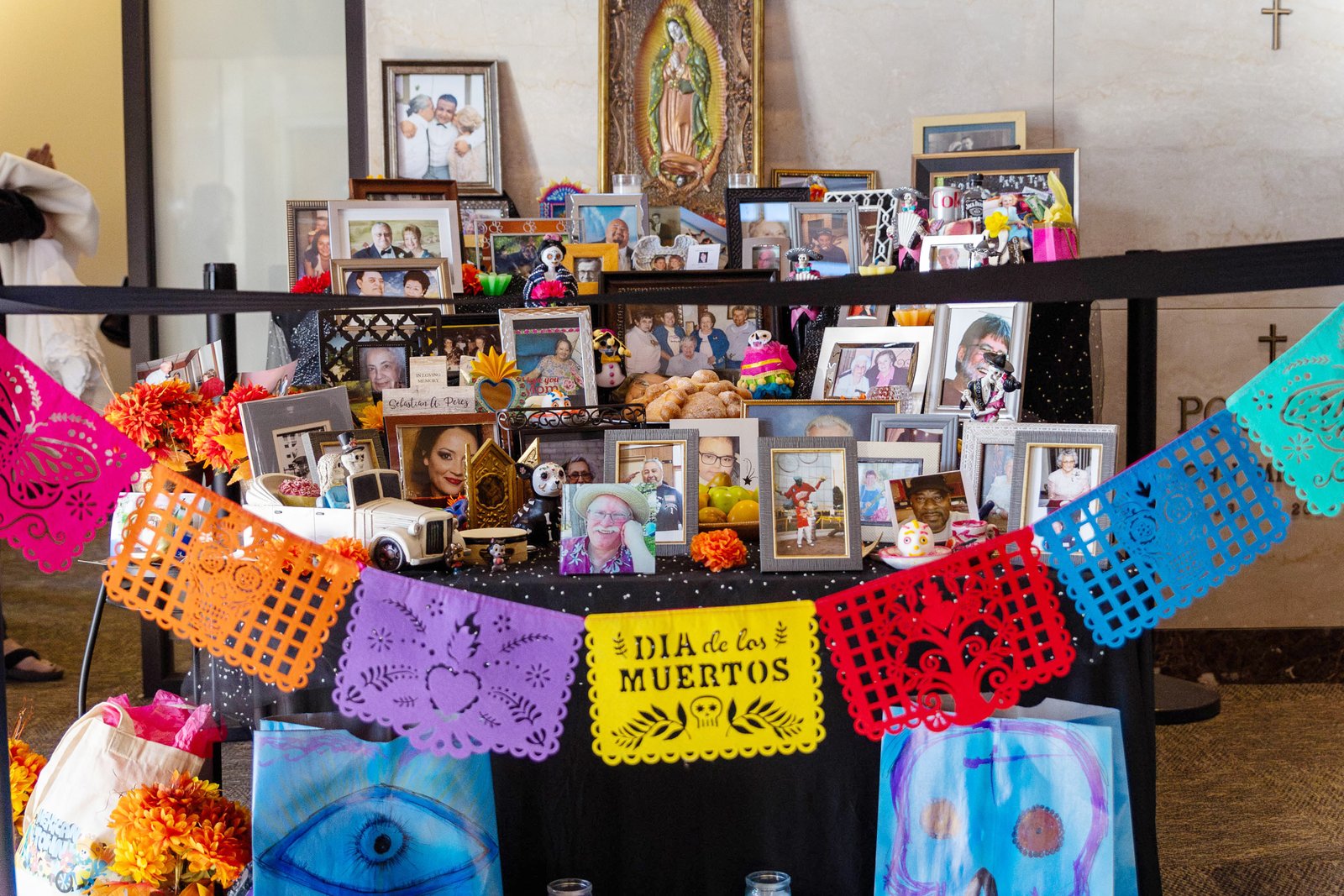
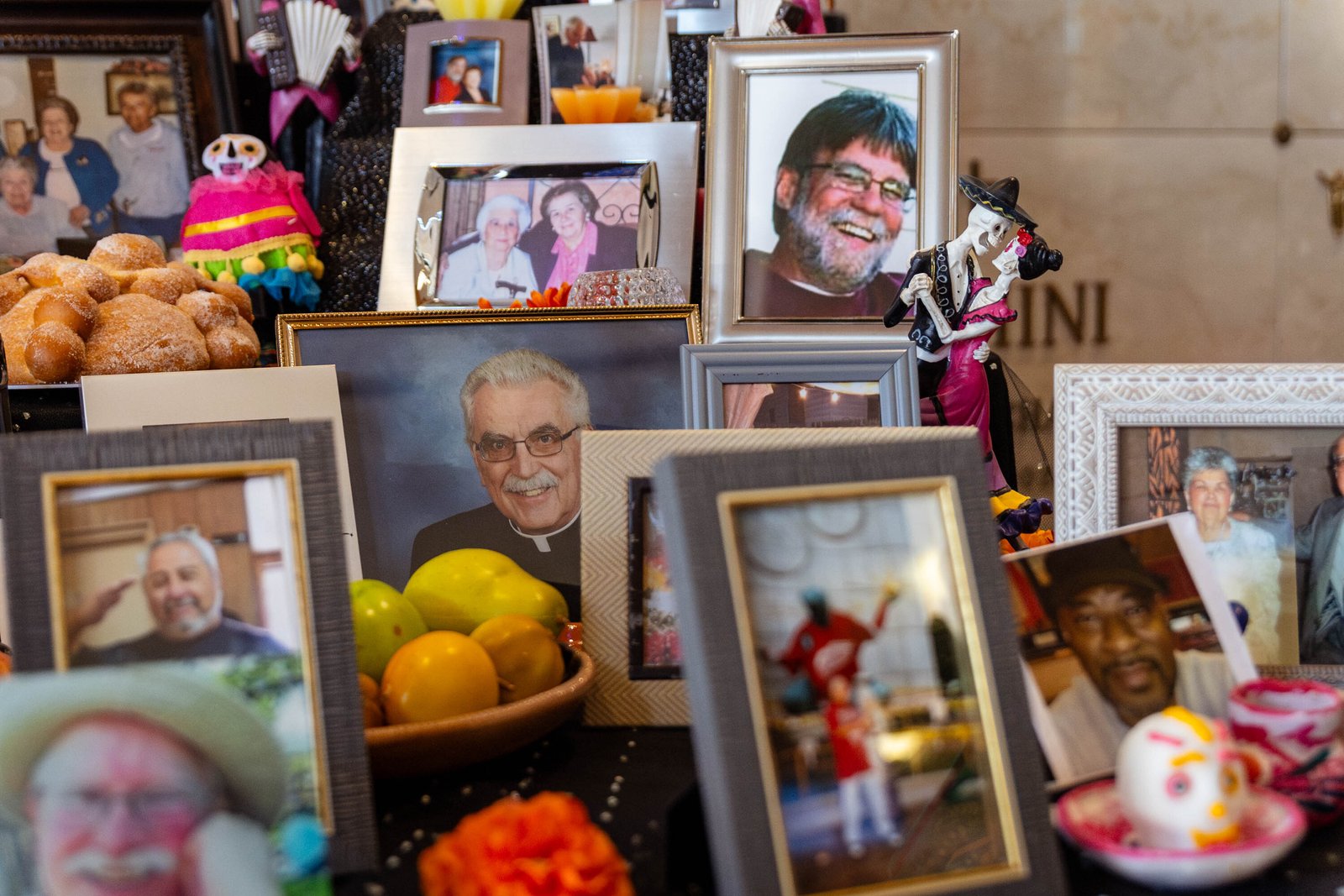
“The cemetery has opened this not just to the Hispanic community, but the whole community around the area, because we know none of our deceased relatives are truly gone,” Lozoya said. “This is a beautiful occasion for us to come together and celebrate with them. They are always with us in our hearts and souls.”
Beyond visiting gravesites and remembering the dead, many young people took part in Mexican folk dances with the Ballet Folklorico de Detroit.
Jasmine Ramirez of St. Pius X Parish in Southgate and the Basilica of Ste. Anne de Detroit was wearing her customary dresses of the Mexican state of Guerrero as she and a group of dancers participated in traditional dances from the region.
Dressed in short sleeves that were decorated with beads hand-woven in and a skirt made from silk with embroidered flowers on it, Ramirez said days such as Dia de los Muertos are great opportunities to show the richness of Mexican culture to those who might not be familiar.
“Celebrating Day of the Dead means celebrating the loss of loved ones, remembering the times they were living,” Ramirez said. “But when we are dancing, we are doing more than just remembering, we are bringing out the soul of Mexican culture and, in a way, bring back the dead ones who used to dance.”
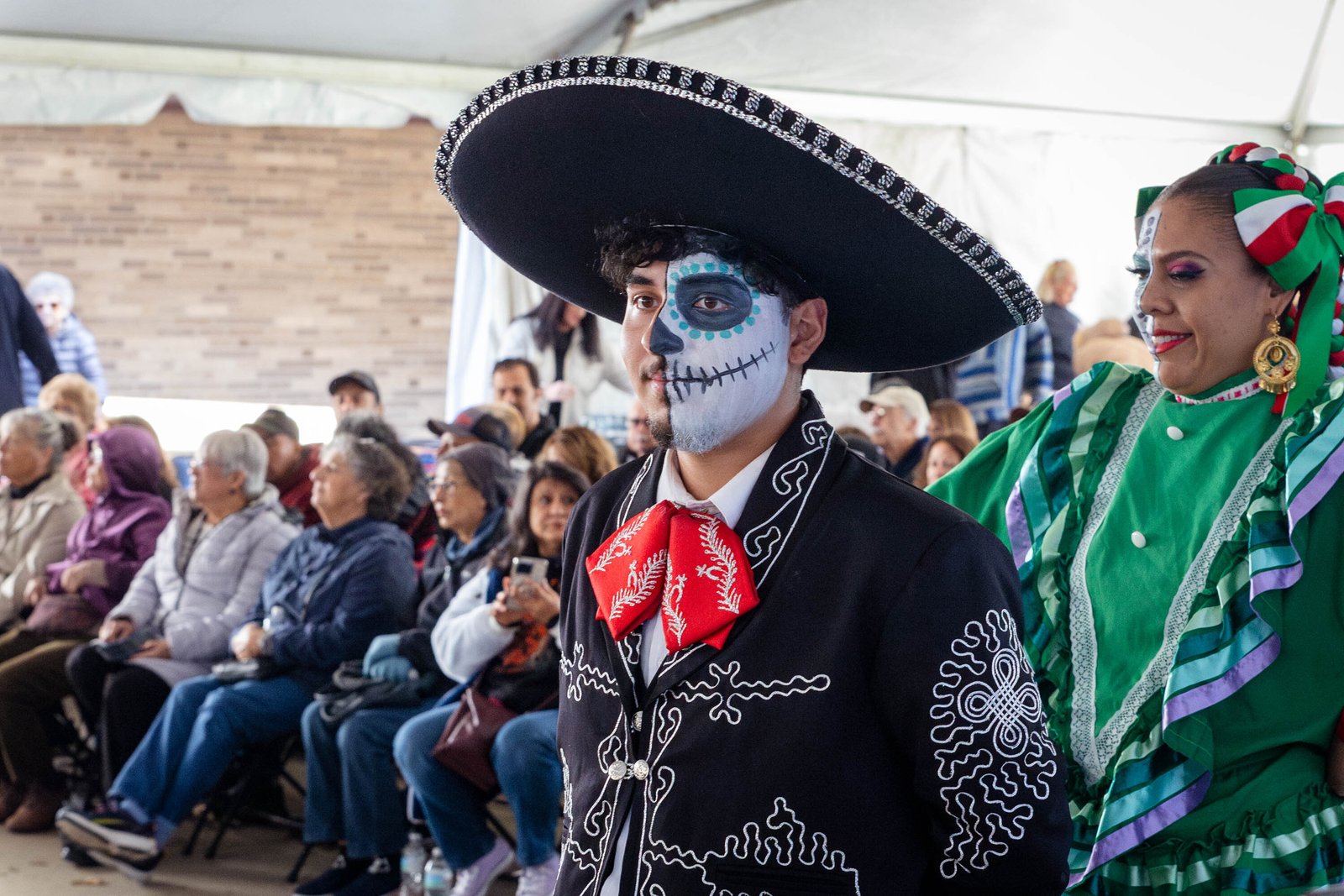
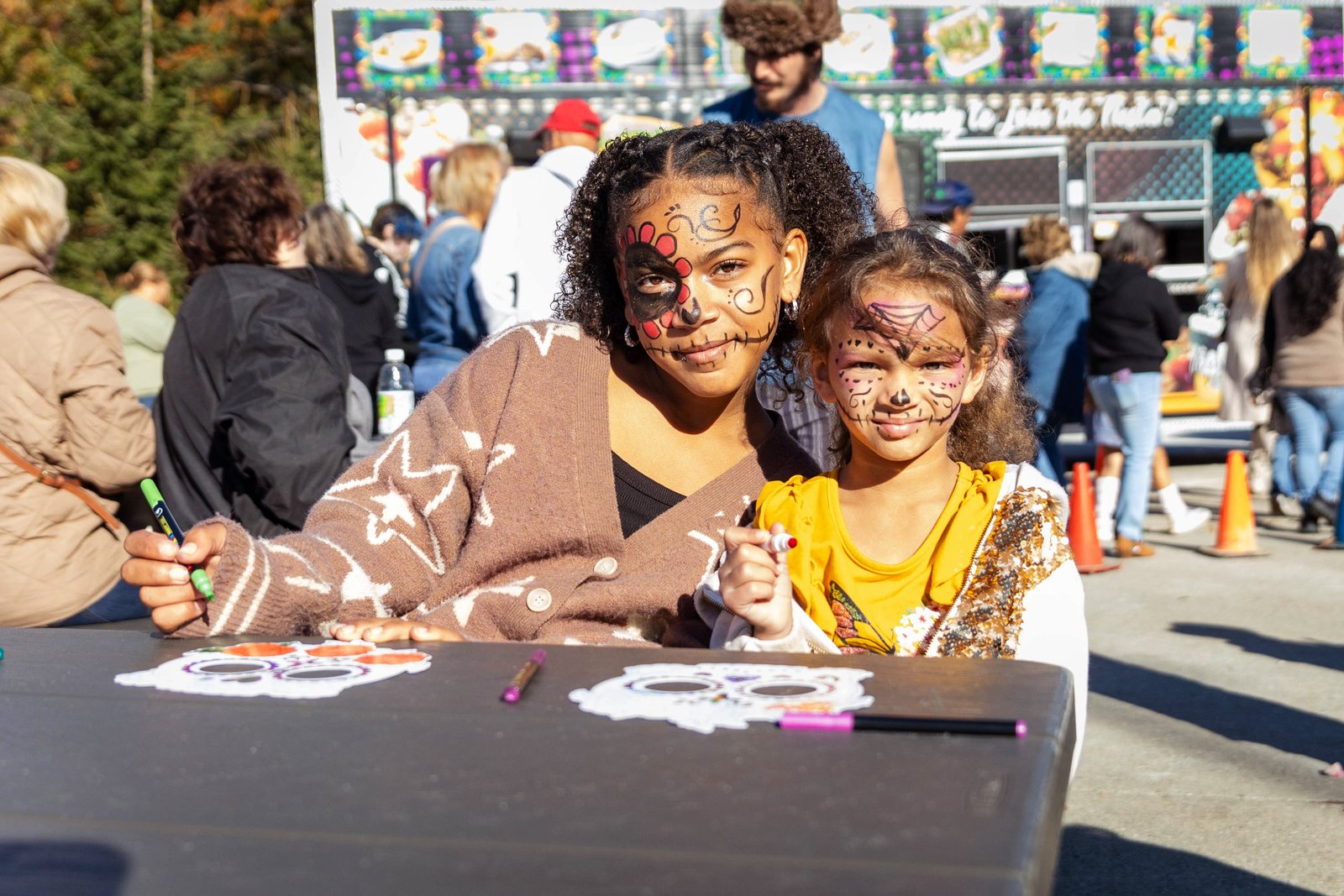
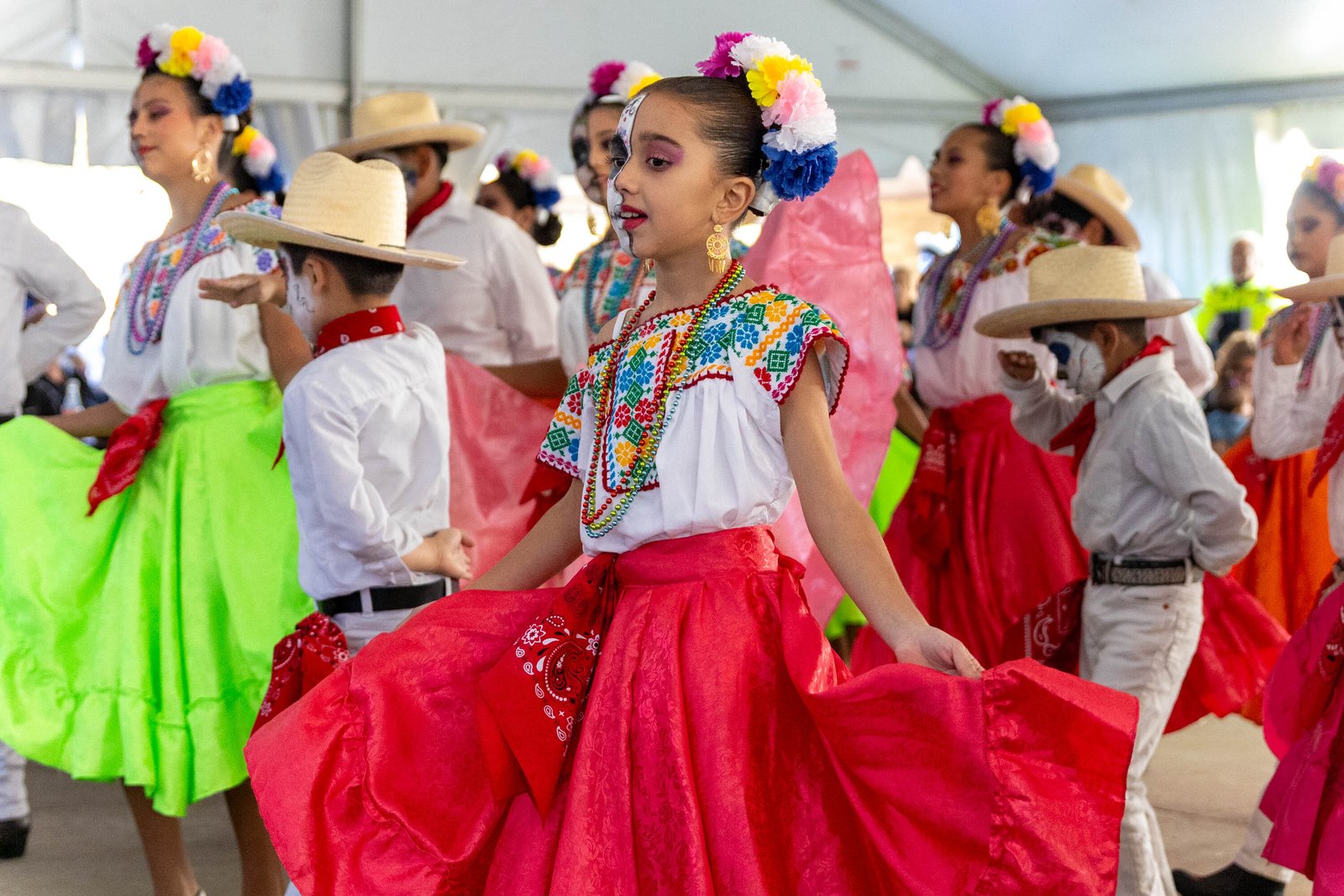
Ramirez, as were many young people, had their faces painted in two halves, one half in traditional makeup, the other in black and white, resembling a skull. The pattern signifies the dual nature of the holiday, commemorating the dead and celebrating what it means to be alive.
“On a day like today, besides performing and dancing and showing my culture, Dia de los Muertos is a day for loved ones from Mexico, for remembering not the bad times, but the happy times we shared with the deceased while they were living,” Ramirez said.
North said the day was a success, judging by the smiles and laughter that were present around the cemetery grounds, a sign that in the Christian faith, the departed haven’t left the Christian community, but have gone on to another space, leaving behind the joys and memories they brought to their loved ones on earth, and whom they will meet again in Paradise.
“People learn from events like this that life is joyful, and we have to go through death to get to eternal life,” North said. “They learn that we are never alone; even in our grieving, we are supported by brothers and sisters in the faith.”
Copy Permalink
Feast days Hispanic ministry












